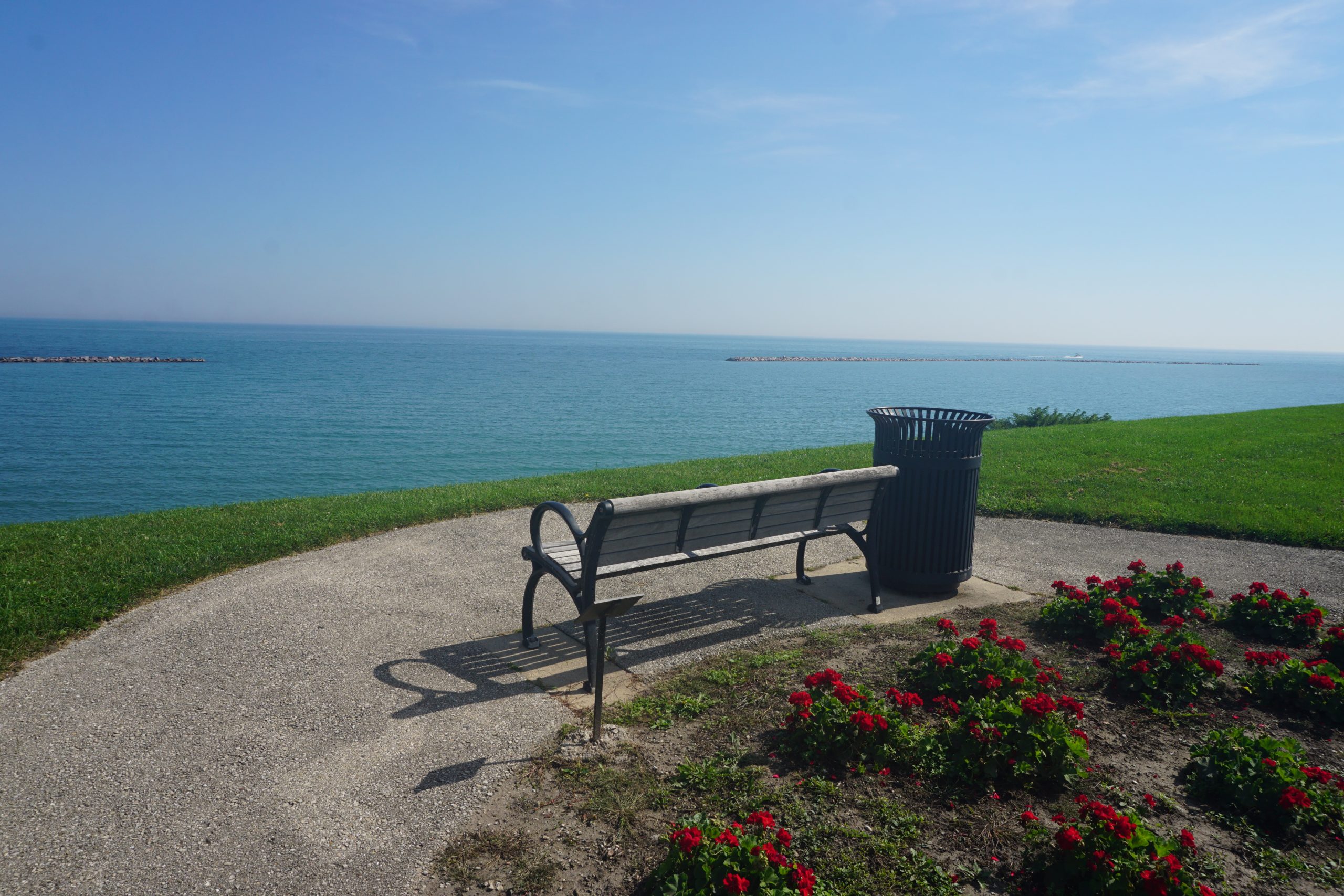The discovery of a prehistoric structure resembling a mini-Stonehenge underwater in Lake Michigan has captivated the attention of archaeologists, historians, and outdoor enthusiasts alike. This remarkable find, estimated to be around 9,000 years old, is one of the oldest structures discovered in North America, predating the construction of England’s Stonehenge by a staggering 4,000 years.
Uncovering the Underwater Treasure

The structure, located in Grand Traverse Bay, was first discovered by Dr. Mark Holley, a professor of underwater archaeology at Northwestern Michigan College. Using the advanced technology of stereo photogrammetry, Holley and his team were able to accurately render the stones in three dimensions, revealing intricate carvings and engravings that provide clues about the site’s purpose and the people who constructed it.
Deciphering the Carvings and Engravings

The carvings and engravings on the stones are particularly significant, as they suggest that the people who built the site had a deep understanding of the animals that existed during that time, including the mastodon. These engravings imply that the site might have been used for hunting or other purposes, offering a glimpse into the lives and practices of the ancient inhabitants of the region.
Structural Details of the Lake Michigan Pyramid
The structure itself is composed of an outer ring of stones approximately 40 feet in diameter and an inner ring about 20 feet in diameter, both made of local granite. The stones range in size from that of a basketball to that of a compact car, and there is also a line of stones arranged over a mile long, adding to the site’s impressive and enigmatic nature.
Secrecy and Respect for Ancestral Heritage
The precise location of the site remains undisclosed to protect it from potential damage, a decision made by Dr. Holley as a gesture of respect for the ancestral heritage of the Grand Traverse Band of Ottawa and Chippewa tribes. This act of cultural sensitivity highlights the importance of preserving and honoring the rich history and traditions of the region.
Comparisons and Challenges in Authentication
The discovery of the Lake Michigan Pyramid is significant because it predates the construction of Stonehenge by a substantial margin, making it one of the oldest known structures of its kind in the world. Researchers have also noted similarities between this site and other prehistoric structures found in the region, such as one near Lake Huron, which might have been a strategic hunting ground.
However, the underwater location of the structure presents unique challenges for experts who wish to authenticate it in person. Many researchers are not trained scuba divers, which has slowed down the authentication process and fueled theories and speculation about the site’s significance.
Unlocking the Secrets of the Underwater Mystery
As researchers continue to study the Lake Michigan Pyramid, theories and speculation surrounding the site’s purpose and significance have flourished. Experts are seeking potential correlations with other stone formations in the region, hoping to unlock the secrets of this underwater mystery and shed light on the lives and practices of the ancient inhabitants of the area.
References
- https://news.artnet.com/art-world/prehistoric-structure-lake-michigan-stonehenge-2432737
- https://www.youtube.com/watch?v=6f6F8DFVe9E
- https://www.youtube.com/watch?v=wtdMgfD2YYY
- https://lagradaonline.com/en/atlantis-michigan-lake-mysterious-prehistoric-structure/
- https://www.thebrighterside.news/post/9000-year-old-stonehenge-like-structure-found-in-lake-michigan
